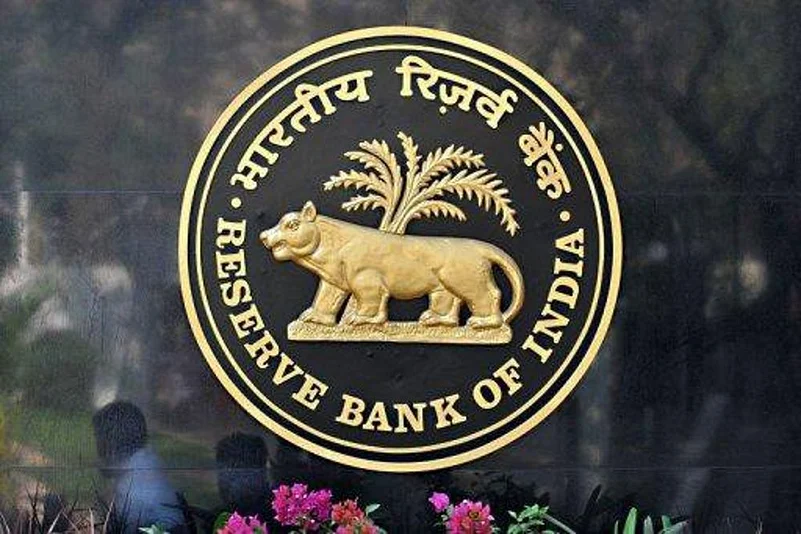Reserve Bank of India (RBI) has issued new Master Directions on Priority Sector Lending (PSL) for 2025, which have modified lending targets, exposure standards, and compliance. The new guidelines, which are effective from April 1, 2025, replace the previous 2020 guidelines and aim at improving credit delivery to under-served sections and geographic balance in lending. Priority Sector Lending refers to lending to such sectors which might not receive prompt and sufficient findings otherwise.
Among the significant changes to the new Priority Sector Lending (PSL) model is the incorporation of weighted credits by banks in districts which have low credit-penetration. Incremental PSL credit extended in districts with a per capita PSL of less than Rs 9,000 will get 125 per cent weightage on the other hand districts with a per capita PSL of more than Rs 42,000 will get 90 per cent weightage. The move is likely to enhance credit availability in underserved areas.
The segments under PSL have not been changed much. The focus areas for PSL include sectors such as agriculture, micro, small, and medium enterprises (MSMEs), export credit, education, housing, social infrastructure, and renewable energy among others. However, specifications regarding loan ceilings and eligibility norms have been added in these sectors.
Impact On Key Sectors
1. Agriculture And Allied Activities
Agriculture remains a priority area, as per the mandate 18 per cent of a bank's Adjusted Net Bank Credit (ANBC) or Credit Equivalent of Off-Balance Sheet Exposure (CEOBSE) has to be earmarked for the sector. Nearly 14 per cent out of the total 18 per cent needs to be earmarked by banks for non-corporate farmers, such as small and marginal farmers (SMFs), with an additional sub-target of 10 per cent for SMFs alone. Additionally, loans for allied activities such as dairy, fisheries, and sericulture continue to be under PSL, in addition to credit to agri-infrastructure and ancillary services. This guarantees that small farmers and agri-entrepreneurs are able to access credit at reasonable costs.
2. MSMEs And Export Credit
Banks will have to keep on investing 7.5 per cent of the ANBC in micro-enterprises, providing the small business sector with financial support. Export credit, which had been brought under PSL in the 2020 framework, continues to hold priority status, with domestic banks allowed to treat incremental export credit up to 2 per cent of ANBC as PSL. Foreign banks with less than 20 branches can invest up to 32 per cent of their ANBC in export credit. For small business owners, this can provide easier access to affordable credit.
3. Housing And Social Infrastructure
The RBI has ensured PSL eligibility for housing loans to help homebuyers have access to lower interest rates. Housing loans to individuals are eligible for PSL if they remain within specific limits: Rs 50 lakh in metros and Rs 35 lakh in smaller towns, as long as the overall cost of the residential unit does not cross Rs 63 lakh and Rs 44 lakh, respectively. Repair and renovation loans for existing dwellings also come with specific PSL eligibility limits. Besides, loans to government institutions for low-cost housing projects with up to 60 sq. m. carpet area units are eligible under the PSL regime.
For social infrastructure, loans of Rs 8 crore per borrower for schools, water and sanitation systems, and Rs 12 crore for healthcare infrastructure in small towns and rural areas continue to be under PSL.
Function Of NBFC-MFIs And HFC lenders
The RBI has also strengthened the function of Microfinance Institutions (MFIs) and Non-Banking Financial Companies (NBFCs) for channelling credit to the priority sectors. Loans by registered NBFC-MFIs on behalf of bank financing for onward lending to agriculture, MSMEs, and social infrastructure sectors continue to remain within the PSL category subject to compliance with regulatory parameters. Additionally, Housing Finance Companies (HFCs) receiving bank credit for on-lending to individuals to the tune of Rs 20 lakh per borrower are also eligible for PSL categorisation. However aggregate on-lending by banks to NBFCs and HFCs for PSL alone is limited to 5 per cent of their aggregate PSL portfolio.
For home buyers and small entrepreneurs, this can facilitate alternative financial institutions to continue offering funding alternatives.
Penalties For Default
Banks which are unable to achieve their PSL requirements have to make up the shortfall by putting their money in funds such as the Rural Infrastructure Development Fund (RIDF) of NABARD, and in funds held by NHB, SIDBI, and MUDRA Ltd. The rate of interest on such contributions will differ according to the size of the shortfall, between 2 per cent and 4 per cent below the Bank Rate.
Misclassifications identified by the RBI’s Department of Supervision will be adjusted in the following year’s PSL achievement calculations. Additionally, non-compliance with PSL targets will be considered when granting regulatory approvals for banks.
Why These Changes Matter For Borrowers
The RBI's dedication to allocating credit to industries that support socioeconomic development is reaffirmed in the updated PSL guidelines. The new framework may help close financial gaps in underserved and rural areas by guaranteeing a more equitable regional distribution of credit.
For borrowers in sectors such as agriculture, MSMEs, and low-cost housing, the updated framework ensures ongoing access to credit at controlled interest rates. For banks, the new compliance structure incentivises lending to the weaker sections and penalises defaults.
According to Vivek Iyer, partner and financial services risk leader at Grant Thornton Bharat, "With the priority sector lending guidelines being more inclusive for multiple borrowers across sectors, it becomes extremely crucial for borrowers to check with their branch managers on the benefits available to them under the RBI PSL guidelines. It would be useful for the borrowers to be familiar with the fair practice code for lenders to be aware of their rights as customers so that they receive the right support at the branch banking level. It would be useful for banks to create special customer awareness programs at their branch level".
For individual borrowers, the PSL framework ensures accessibility of vital credit at reduced rates, financing homes, small-scale businesses, and education loans. Since these instructions become effective starting April 2025, the banks will be required to synchronise their lending mechanisms to align them with compliance, as well as maximise credit provisioning. The effectiveness of these strategies in the long term will also depend on their ability to facilitate better credit access to priority segments.











